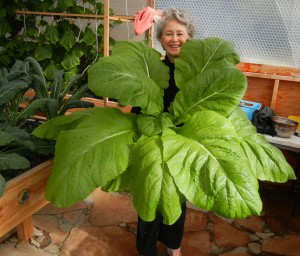The effect of light on plant growth is to promote plant chlorophyll to absorb nutrients such as carbon dioxide and water to synthesize carbohydrates. Modern science can allow plants to grow better in places where there is no sun, and artificially creating light sources can also allow plants to complete the photosynthetic process. Modern gardening or plant factories incorporate supplementary light technology or complete artificial light technology. Scientists found that the blue and red regions are very close to the efficiency curve of plant photosynthesis, and they are the light source needed for plant growth. People have mastered the inner principle that plants need for the sun, which is the photosynthesis of leaves. The photosynthesis of leaves requires the excitation of external photons to complete the entire photosynthetic process. The sun's rays are the energy supply process excited by photons.
The LED light source is also called a semiconductor light source. This light source has a relatively narrow wavelength and can control the color of the light. Using it to irradiate plants alone can improve plant varieties.
Basic knowledge of LED plant light:
1. Different wavelengths of light have different effects on plant photosynthesis. The light required for plant photosynthesis has a wavelength of about 400-700nm. 400-500nm (blue) light and 610-720nm (red) contribute the most to photosynthesis.
2. Blue (470nm) and red (630nm) LEDs can just provide the light needed by plants. Therefore, the ideal choice for LED plant lights is to use a combination of these two colors. In terms of visual effects, the red and blue plant lights appear pink.
3. Blue light can promote the growth of green leaves; red light is helpful for flowering and fruiting and prolonging the flowering period.
4. The ratio of red and blue LEDs of LED plant lights is generally between 4:1--9:1, and usually 4-7:1.
5. When plant lights are used to fill the plants with light, the height from the leaves is generally about 0.5 meters, and continuous exposure for 12-16 hours a day can completely replace the sun.
Use LED semiconductor bulbs to configure the most suitable light source for plant growth
Colored lights set in proportion can make strawberries and tomatoes sweeter and more nutritious. To illuminate holly seedlings with light is to imitate the photosynthesis of plants outdoors. Photosynthesis refers to the process by which green plants use light energy through chloroplasts to convert carbon dioxide and water into energy-storing organic matter and release oxygen. Sunlight is composed of different colors of light, and different colors of light can have different effects on plant growth.
The holly seedlings tested under purple light grew tall, but the leaves were small, the roots were shallow, and they looked malnourished. The seedlings under the yellowish light are not only short, but the leaves look lifeless. The holly that grows under the mixed red and blue light grows best, not only is strong, but the root system is also very developed. The red bulb and blue bulb of this LED light source are configured in a ratio of 9:1.
The results show that the 9:1 red and blue light is the most beneficial to plant growth. After this light source is irradiated, strawberry and tomato fruits are plump, and the content of sugar and vitamin C is significantly increased, and there is no hollow phenomenon. Continuous irradiation for 12-16 hours a day, strawberries and tomatoes grown under such a light source will be more delicious than ordinary greenhouse fruits.
Post time: Sep-22-2021


